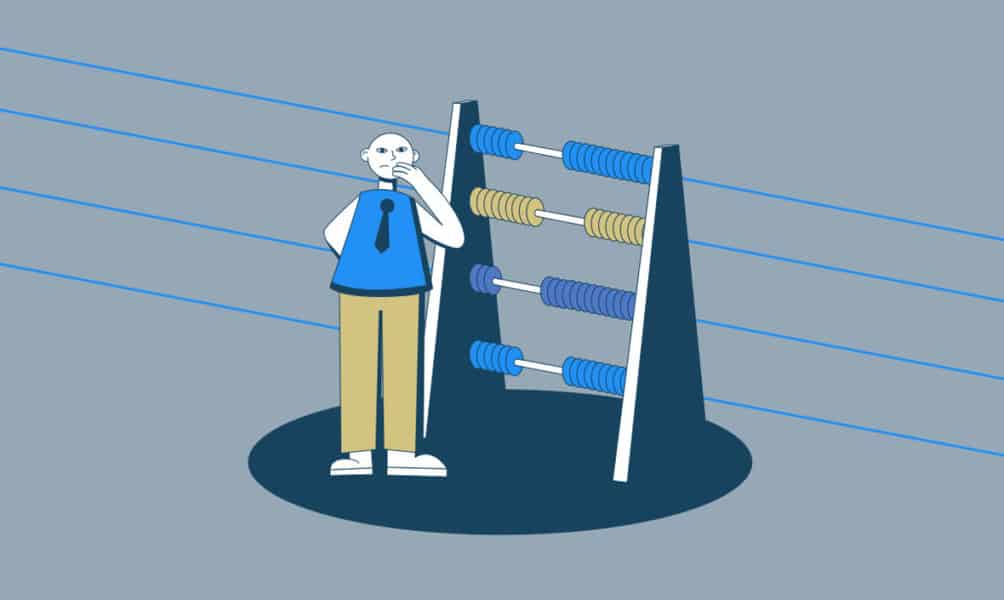If you’re just starting a business and expecting to hire employees, you’ll soon tackle the challenge of payroll. Managing payroll is oftencompli ...
What Is Payroll Accounting?
Written by: Carolyn Young
Carolyn Young is a writer with over 25 years of experience in business in various roles, including bank management, marketing management, and business education.
Reviewed by: Daniel Eisner
Daniel Eisner is a payroll specialist with over a decade of practical experience in senior accounting positions.
Updated on October 2, 2023

What Is Payroll Accounting?
- What Do Payroll Expenses Include?
- Why Is Payroll Accounting Important?
- How to Setup Payroll Accounting
- Using a Payroll Service
If you’re a new business owner, you’ve recently entered the wild wild world of accounting and payroll. These are complex business functions, and when they come together in the process known as payroll accounting, it can get even more complicated.
All your payroll expenses need to be accounted for, including all types of compensation, taxes withheld and paid and much more. But still, forget about hiring a payroll accountant.
This handy guide lays out all you need to know about payroll accounting, so you can get it done and focus on growing your business.
What Do Payroll Expenses Include?
Again, payroll expenses are more than just what you pay to employees. They include:
- Wages, commissions, tips, bonuses, incentives, etc.
- Withheld income taxes paid to the IRS and to state and local governments
- Payroll taxes – any payroll tax paid as an employer to Social Security and Medicare, and the same taxes paid on behalf of employees
- Contributions made to employee benefits such as 401K plans, plus administrative costs

Why Is Payroll Accounting Important?
Put simply, payroll accounting tracks your payroll expenditures as part of your overall spending. It also helps you track your withholdings and required payments at the federal, state, and local level so that you stay in compliance with the law.
Payroll accounting also tells you exactly how much each employee is costing your business, and you can use that information to decide whether to decrease or increase your staffing levels.
If your payroll expense for customer service rep Jane, for instance, is $2,000 per month, you know that if you hire another customer service rep it will likely cost you another $2,000 per month.
How to Setup Payroll Accounting
Payroll accounting is rather tedious to do manually, so you’ll want to invest in quality payroll software. You might be able to do the accounting yourself in a spreadsheet, but it’s going to take a lot of time, and there’s always the risk of human error.
Software will simplify the process, making it fast and error-free. When you have your software in place, you’ll want to:
- Create accounts for each expense type, including compensation and commissions, income taxes, payroll taxes, and benefits expenses. It’s best to itemize each category into smaller accounts, such as federal, state, and local taxes.
- Set up recurring payments for each itemized category.
- Process your payments as they come due.
- Reconcile the accounts regularly to ensure accuracy.
Using a Payroll Service
Processing payroll and paying taxes can be terribly complex, which is why many business owners turn to a payroll service provider. It’s often less expensive than creating a new staff position for managing payroll. Payroll and payroll taxes come with countless laws and restrictions, and a payroll service can ensure your business remains in compliance at the federal, state, and local levels.
Just send over your digital timesheets and relevant employee and business information and the service provider will take care of the calculations, payments and taxes, freeing you up to focus on running, and growing, your business.
We highly recommend hiring a payroll service — as a busy entrepreneur, you won’t regret it!
Featured Resources
Running payroll usually requires the HR team to access, compile, and maintain tons of business stats and information. Even with just a fewemployees, ...


